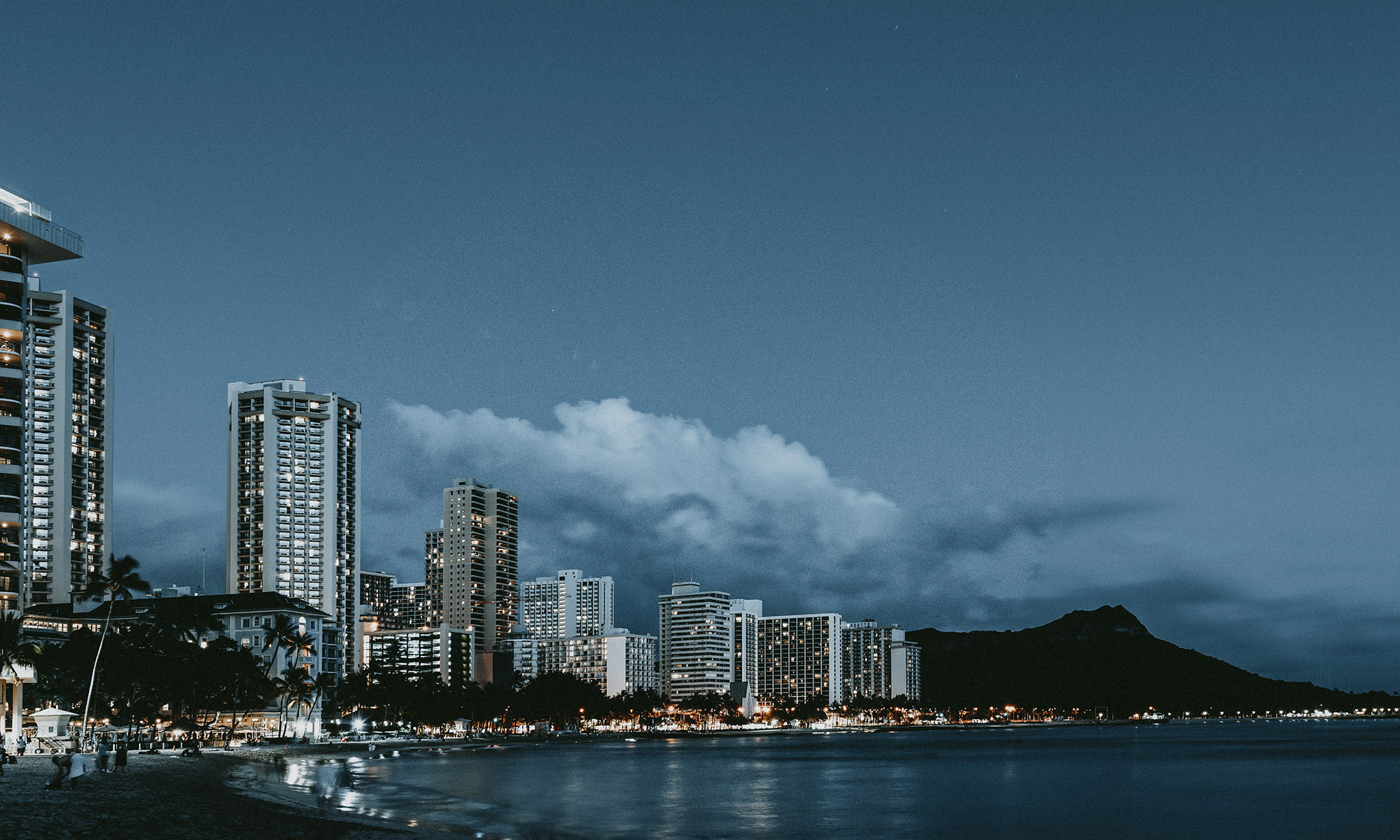The Sanderson Sisters – that would be Bette Midler, Sarah Jessica Parker and Kathy Najimy – apparently may be singing and heading to Broadway.
The trio, a hit in the 1993 fantasy horror film, currently appear in a streamer, “Hocus Pocus 2,” airing on Disney+.

Though the crystal ball suggests that the witches are likely to return again in another venue, the Broadway stage sometime soon, you gotta wonder why.
No. 2 is cute and funny, but not the treat audiences will relish. In case you missed No. 1, there’s a prologue about the Sanderson Sisters as teens, so it seemed nearly forever for the “modern” elderly trio to fly in.
Why would “Hocus Pocus” make the Broadway jump? Could be partly because Midler, who used to be the Divine Miss M in earlier times, did great box office when she was Dolly Levi, in the reboot of “Hello, Dolly” two seasons ago. And she loves Halloween, based on the fact that her annual fundraiser called Hulaween is always on her agenda. The play on hula, of course, is to reinforce her Hawaiian roots.
But getting back to “Hocus Pocus, the Musical” – the tune-up apparently has been under wraps, according to David Kirshner, a producer in the franchise. It might have happened earlier, but COVID-19 swooshed it from the front on the stove to the back burner. So the film sequel must’ve been in the works, and beat the stage version to the cauldron.
The plans for the Broadway vehicle were revealed on the Broadway Podcast Network’s “The Art of Kindness.”

Of course, it would be a treat to reunite Midler, Parker and Najimy for one more flight on the broom. All have experience on the Great White Way, and the dealmaker would be if the producers can corral the threesome one more time. The trio delivered a couple of tunes – the best was “One Way or Another” – in “Hocus 2.”
But on Broadway, if there’s no Midler, there’d be no musical.
As for the streaming film: it’s Disney fluff mainly for the kids. The timeline is 2022, compared to the 1990 Salem in the original flick, and overall, it’s lame lunacy.
The revelation about a stage musical was made on Broadway Podcast Network’s “The Art of Kindness,” several days ago.
The stagecraft of giddy witches with spells that can spook, could work, but it’s got to have elements beyond shtick, considering Broadway tariffs. . And the modern times require updated apothecary surprises; No. 2 involves glowing powers, plus a wild, bewitching romp through a Walgreen’s store.
If a cast, composer, choreographer and director can be inked – and able to lure Midler, Parker and Najimy to frolic in a new Salem populated by dancing and prancing townsfolk – the show could evolve into a Halloween tradition on Broadway …
‘Magnum’ transfer includes two seasons
“Magnum P.I.” currently is filming in Hawaii, under new alphabetical bosses: NBC instead of CBS.
And looks like Jay Hernandez and Perdita Weeks, will have a second season after this one to work out romantic issues.

That’s the outlook. Ten shows this year, ten more next year.
Reasons CBS pulled the plug after season four include a hefty audience base of 8 million viewers in the earlier years, shrinking to 6 million during the fourth year, plus a lack of Emmy nominations and wins (none). Ultimately, contractual conflicts with Universal, which produced the procedural, led to the downfall for the cancellation.
So “Magnum” has 20 episodes to reassess and ramp up the numbers….and hope for louder outcry from fans which helped give the show another chance. …
And that’s Show Biz. …



